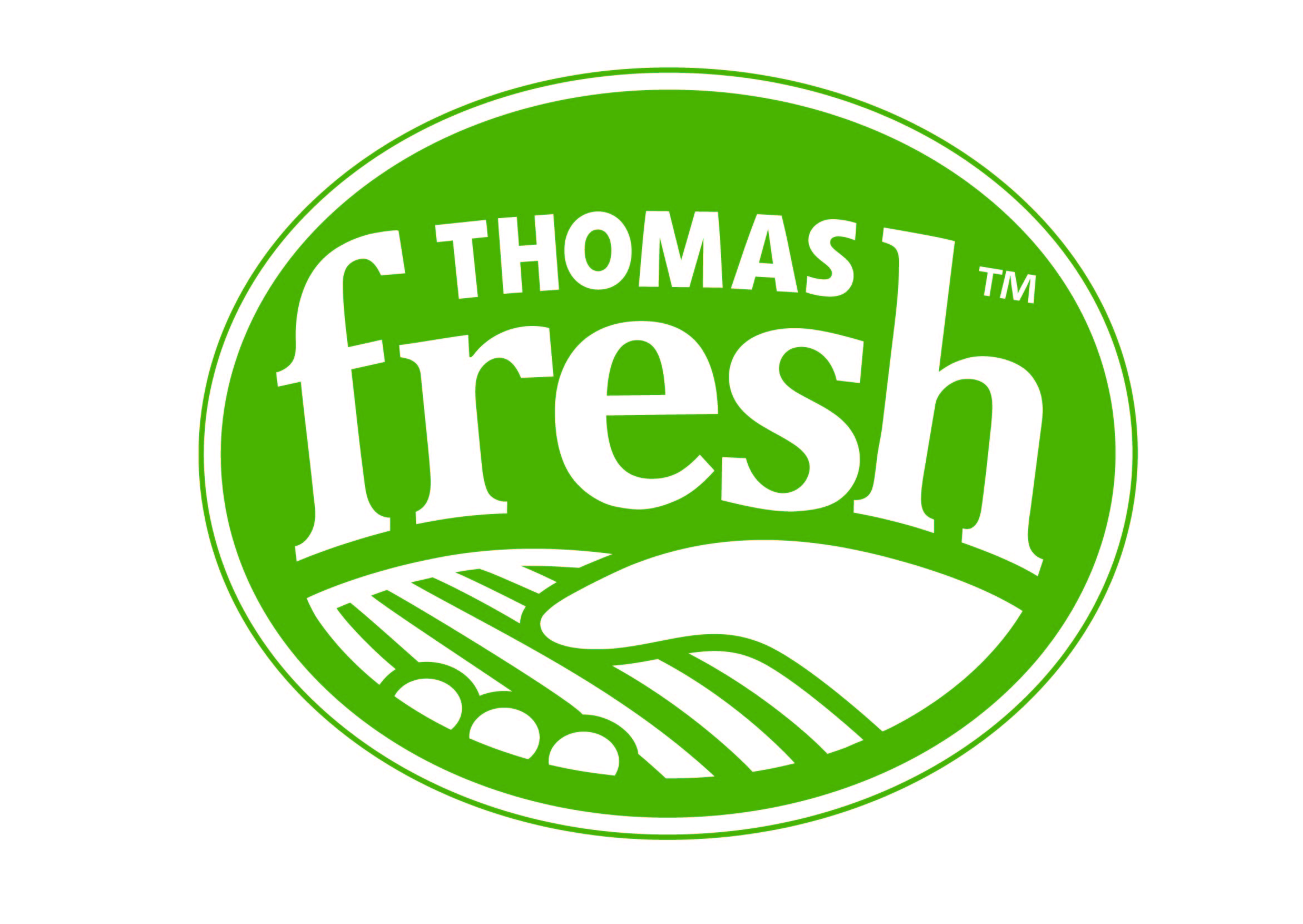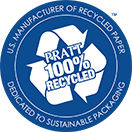Denver Urban Gardens (DUG) may have “gardens” in its name, but what the organization grows extends far beyond fruits and vegetables. With a network of more than 200 community gardens and 27 food forests across seven counties in metro Denver, DUG is transforming how urban agriculture is understood — and practiced.
And, yes, community gardens are considered urban agriculture, says Linda Appel Lipsius, executive director of DUG and founder of the Urban Garden Project.
“I've had fun conversations with urban farmers who argue that community gardens aren't urban ag,” Appel Lipsius says. “But in 2018, the USDA officially recognized urban agriculture as legitimate — and that includes community gardening. It was validating, because gardens like ours serve a critical role that's often misunderstood.”
Community gardens soothe the epidemic of loneliness, Appel Lipsius says, amid the disappearance of many locations where people can gather, socialize and build community.
“Community gardens uniquely cultivate food, community and climate resilience on a human scale,” she says. “They're not just places to grow tomatoes — they're third places, public spaces where neighbors meet, mental and physical health improves and people regain agency over their food.”
Resilient Roots in Rocky Soil
Operating in a high-desert environment with a short growing season and little humidity, Denver isn't the easiest place to garden, Appel Lipsius says. Yet this challenge may be part of what makes DUG's model so resilient.
“We don't allow irrigation timers in our gardens,” she says. “You have to come every day to water, and if you're gone, you have to ask a neighbor. It forces connection, and that daily presence creates stronger communities.”
Unlike production farming, which is built on a few people feeding many, community gardening flips that equation, allowing many to grow for themselves.
“People in apartments with no land can grow foods from their heritage — varieties you won't find in grocery stores or seed catalogs,” Appel Lipsius says. “It's deeply personal and culturally important.”
To support this, DUG recently launched a culturally inclusive seed catalog, making seeds from global lineages accessible to local gardeners.
“It's powerful,” she says. “It connects people to their families, their histories and their plates.”
The Model: Community-Led and Centrally Supported
What makes DUG stand out nationally is its scalable, structured approach. The organization partners with city governments, school districts and parks departments to secure public land through use agreements. Once a garden is approved, DUG facilitates its design and construction, often funded through grants and built by community volunteers.
But the real impact comes after the build, Appel Lipsius says.
“Our ‘secret sauce' is human infrastructure,” she says. “We train local garden leaders and tree keepers — volunteers from within the community — to manage plots, plan workdays, resolve conflicts and foster a sense of place. DUG provides the backbone — insurance, water, bylaws, fundraising and continuity — so the community can focus on growth.”
This centralized support system prevents what she calls “the burnout gap,” where well-meaning projects fizzle when founders move away or lose steam.
“We step in to keep the garden alive,” she says.

The Rise of Food Forests
Among DUG's newer initiatives are food forests, publicly accessible orchards planted in permaculture “guilds” with companion species.
“Instead of a row of apple trees, we plant supportive ecosystems,” “They're designed for long-term resilience in Denver's harsh conditions.”
And these fruits are available for the public to harvest freely.
“We've installed signage, partnered with gleaning organizations and food banks, and educated communities on how to use these spaces,” she says. “Once the trees are mature, these forests will produce hundreds of thousands of pounds of food.”
Unlike fenced gardens, food forests are open access.
“They become neighborhood hubs, just like the gardens — spaces for gathering, for learning and for imagining what public land can be,” Appel Lipsius says.
A Cooperative Vision
As DUG celebrates over 40 years of community-building, it's also investing in the future of urban agriculture through a growing global network.
“We're working with organizations around the world through the Urban Garden Project, sharing best practices on everything from fundraising to volunteer coordination,” Appel Lipsius says. “We want everyone doing this work to thrive.”
Her advice for other cities? “Start with relationships. Build a model that centers community leadership but supports it with real infrastructure. And don't underestimate the power of a little garden on the corner — it might be the most vital piece of your city's future.”



















